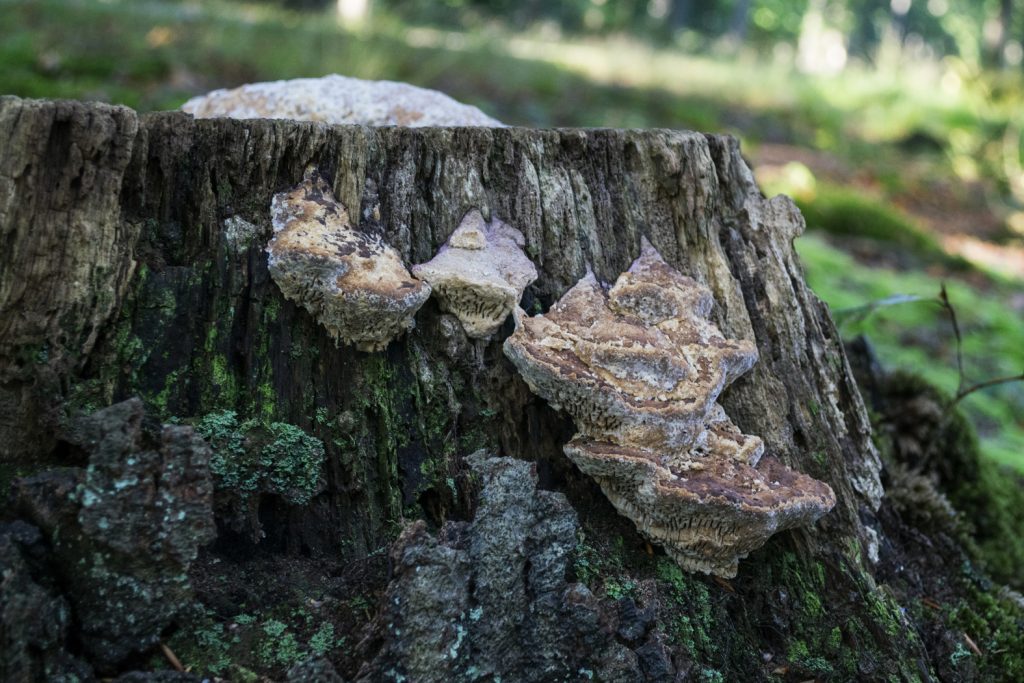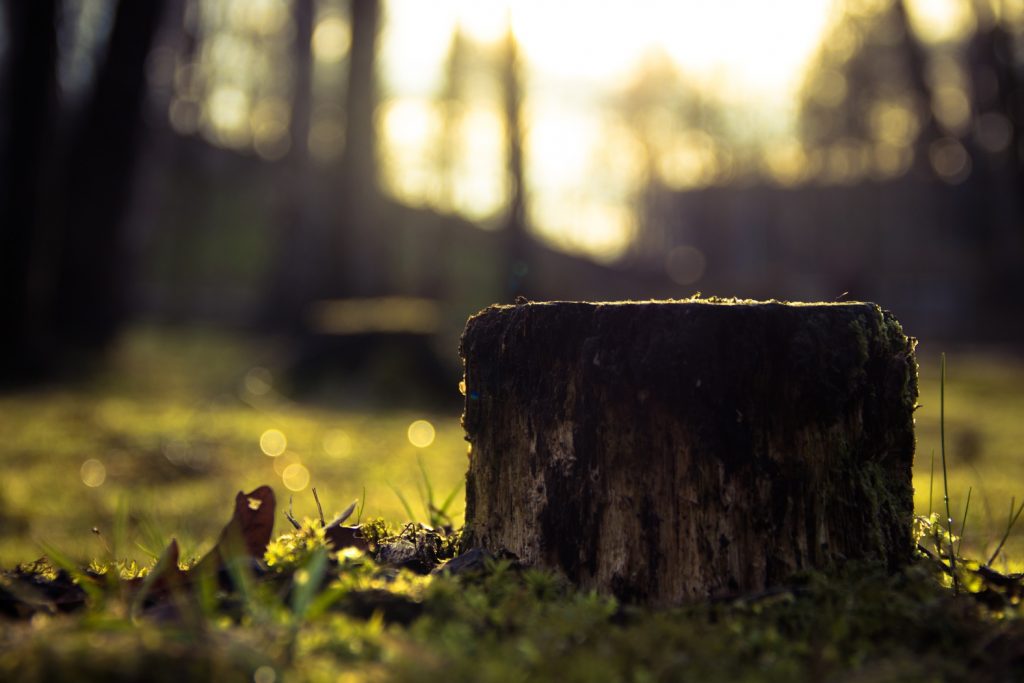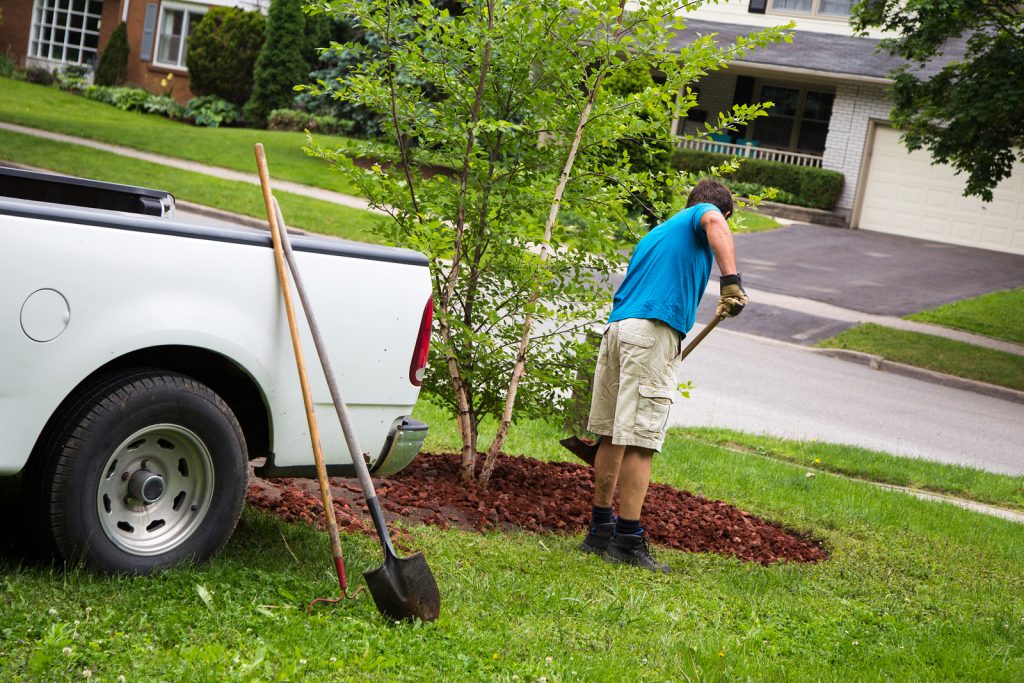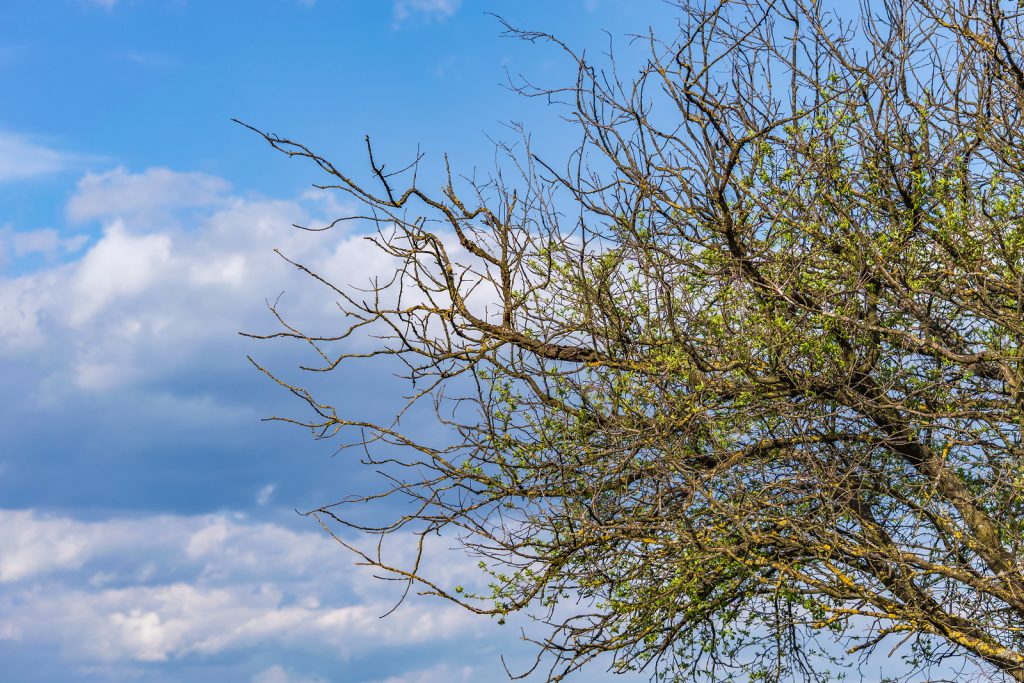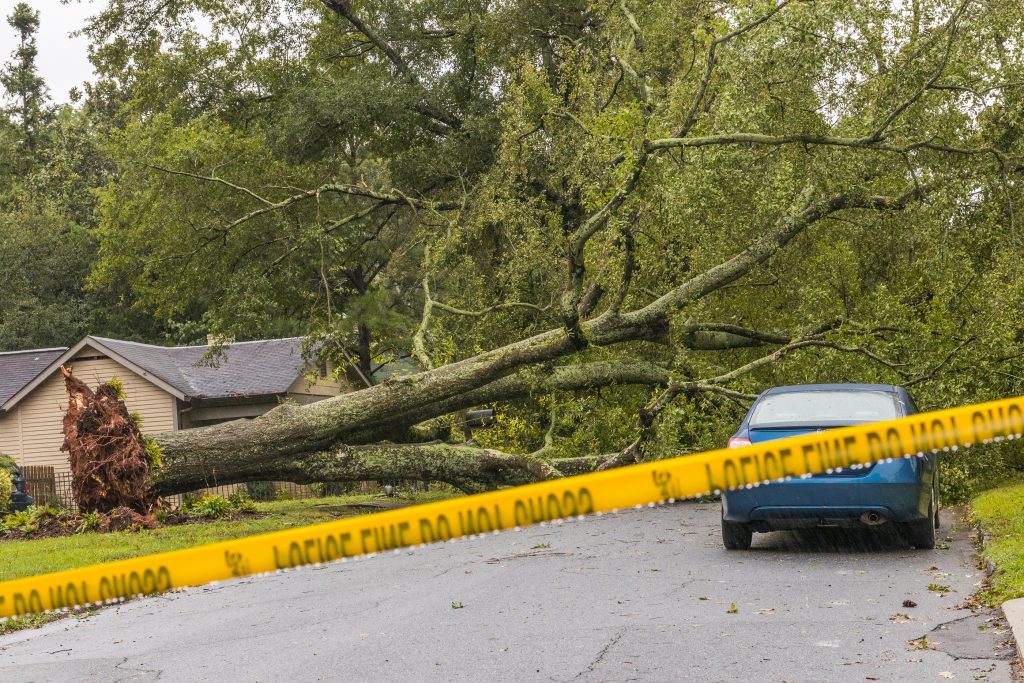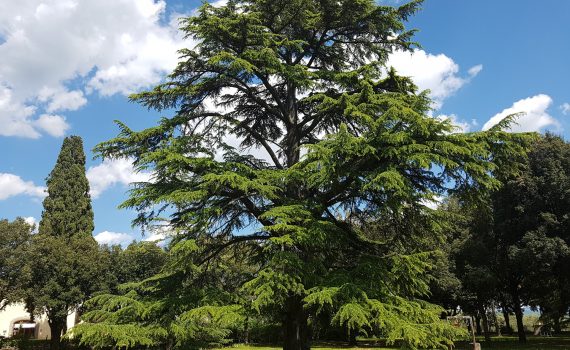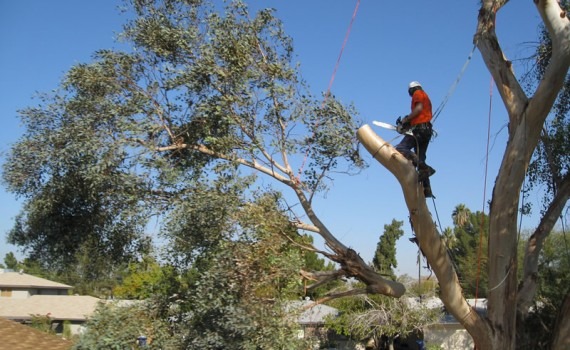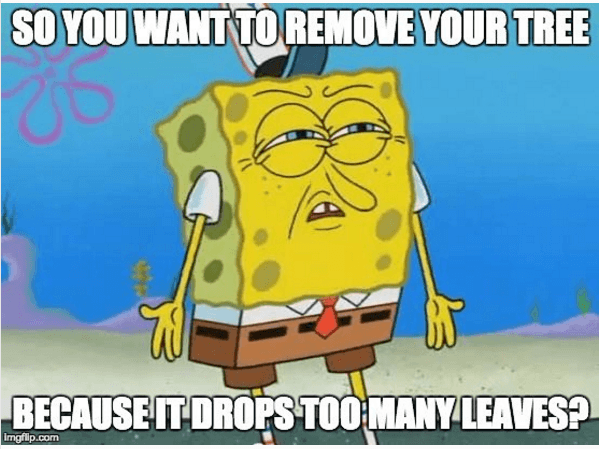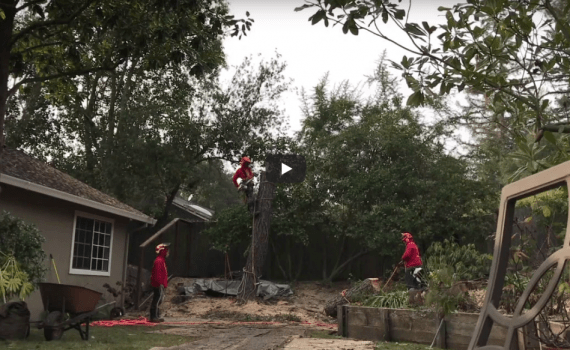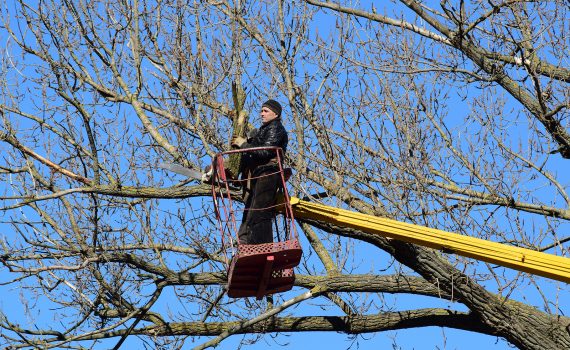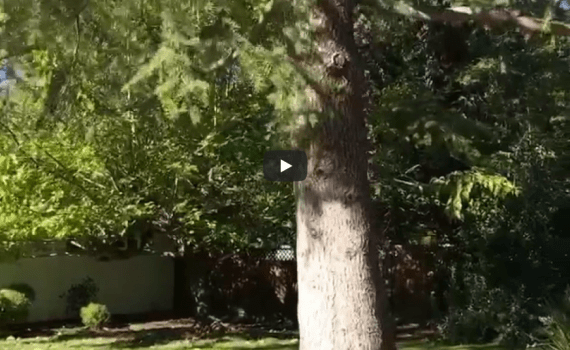Tree stumps bring with them no benefits and plenty of risks. For many reasons, you should consider getting the tree stump removed from your yard.
When To Remove A Stump
Tree stumps can be physically removed at any time. Having an arborist remove the stump when felling the tree is the most convenient way to remove a stump. But they can still be removed at any time, if you’ve missed that opportunity. So why do it now?
5 Reasons Getting Your Tree Stump Removed is Important
Tree Stumps Are Hazardous
Stumps left on your property are far below eye level, and often blend into the landscape quite well. They can be a danger to children, neighbors, or visitors as a tripping hazard. They’ll also cost you money if you or your mowing service accidentally hits the stump when mowing your lawn, requiring a trip to the repair shop. Tree stumps create a liability on your property.
Curb Appeal
Whatever else tree stumps are, they’re certainly not pretty. They look the opposite of alive and healthy, which is how you want your landscape to look. Removing your stump means getting rid of an eyesore- your property will look better, and your neighbors will thank you.
Fresh Tree Stumps Cause Unsightly Re-Growth
When some species of trees are cut down close to or just above grade, they continue to generate sucker growth from the stump. If this happens you could spend time and money cutting down the suckers or spraying them with herbicides.
These suckers also take precious nutrients from the soil, and other parts of your landscape may suffer. If left to grow, these re-growing trees turn into ugly bushes. They won’t look like their former, proper form. These suckers are also poorly connected to their rotating trunk and can even become a safety hazard later if left be.
Stumps Attract Bugs
An old stump sitting in your backyard is like a readymade home for all sorts of insects. And they often attract white ants or termites, which could mean risking the safety of your home. The most worrying of these is probably termites. They’re drawn to exposed wood and will set up a colony in your stump. From there, it’s an easy trip to your house, and you do not want that. Even if your old stump doesn’t attract termites, it could attract other lawn pests, so you’re better off bidding it goodbye.
Space
In a garden bed, a tree stump takes up valuable planting space. The stump can take up space preventing you from planting new trees, enlarging your vegetable or flower garden, building a play area for your kids, setting up a picnic table, or adding a pool. If you have a project planned, the stump may obstruct driveways you need access to or slow construction. Tree stump removal will allow you to make the best use of your space.
Certainly, if you need stump removal, contact Sexy Trees today. Hiring a professional is more affordable than you may realize and will be money well spent.
 Bringing Sexy Back Into Your Yards
Bringing Sexy Back Into Your Yards 
